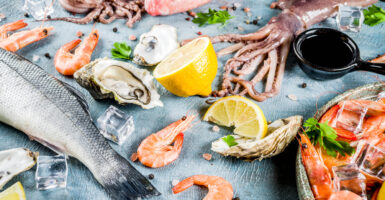20 Foods with Surprising Connections to Ancient Rituals
Every time you unwrap a chocolate bar or slice a loaf of bread, you participate in food traditions stretching back thousands of years. Behind many everyday foods lie forgotten ceremonies and sacred rites that shaped how we eat today.
From morning coffee to midnight snacks, these foods carry whispers of ancient rituals in every bite.
Chocolate
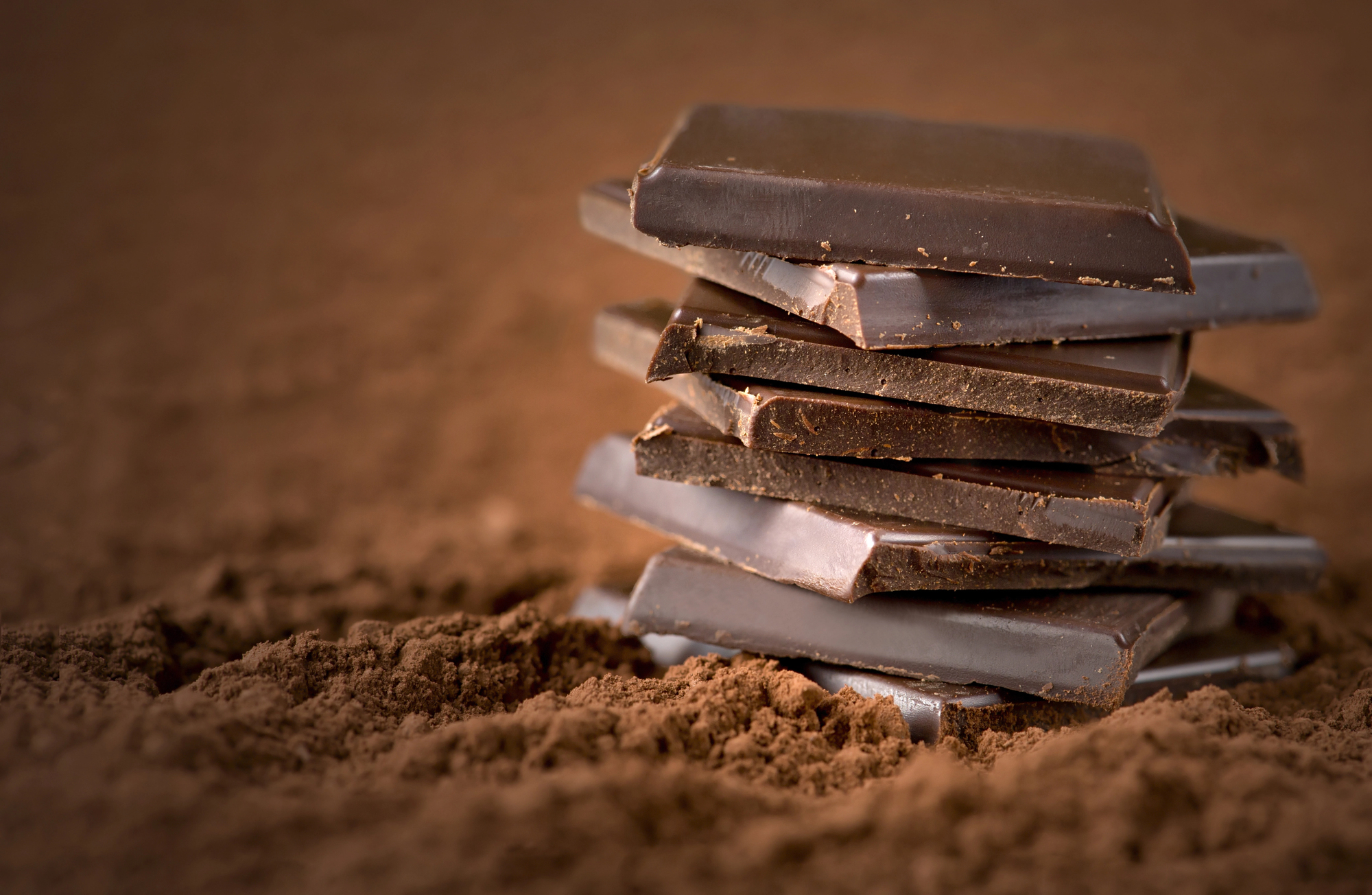
Before becoming a sweet treat, chocolate was a sacred Aztec drink reserved for rulers and religious ceremonies. Priests would pour liquid chocolate from one vessel to another to create foam, believed to contain divine essence.
Modern chocolate making still uses this pouring technique, though few realize they’re recreating an ancient ritual. Some traditional Mexican ceremonies still use pure cacao in their most sacred rites.
Popcorn
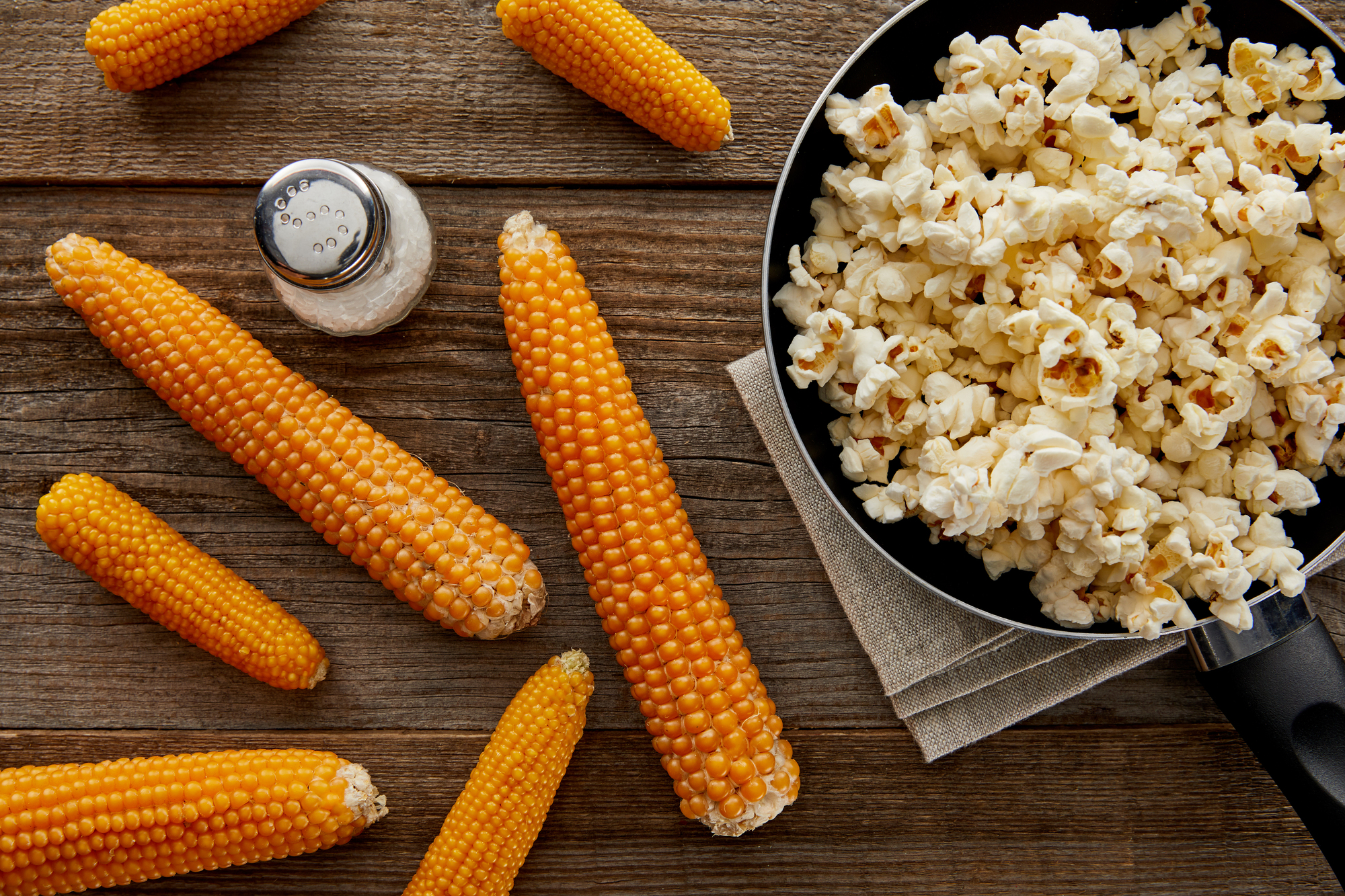
Ancient Aztecs and Mayans didn’t just eat popcorn as a snack – they believed the popping sound was tiny gods escaping the kernels. The transformation from hard seed to fluffy white puff symbolized resurrection and new life.
Many Native American tribes used popcorn in ceremonies marking winter to spring. Archaeological evidence shows popcorn kernels in ceremonial vessels dating back 4,000 years.
Like Go2Tutors’s content? Follow us on MSN.
Honey
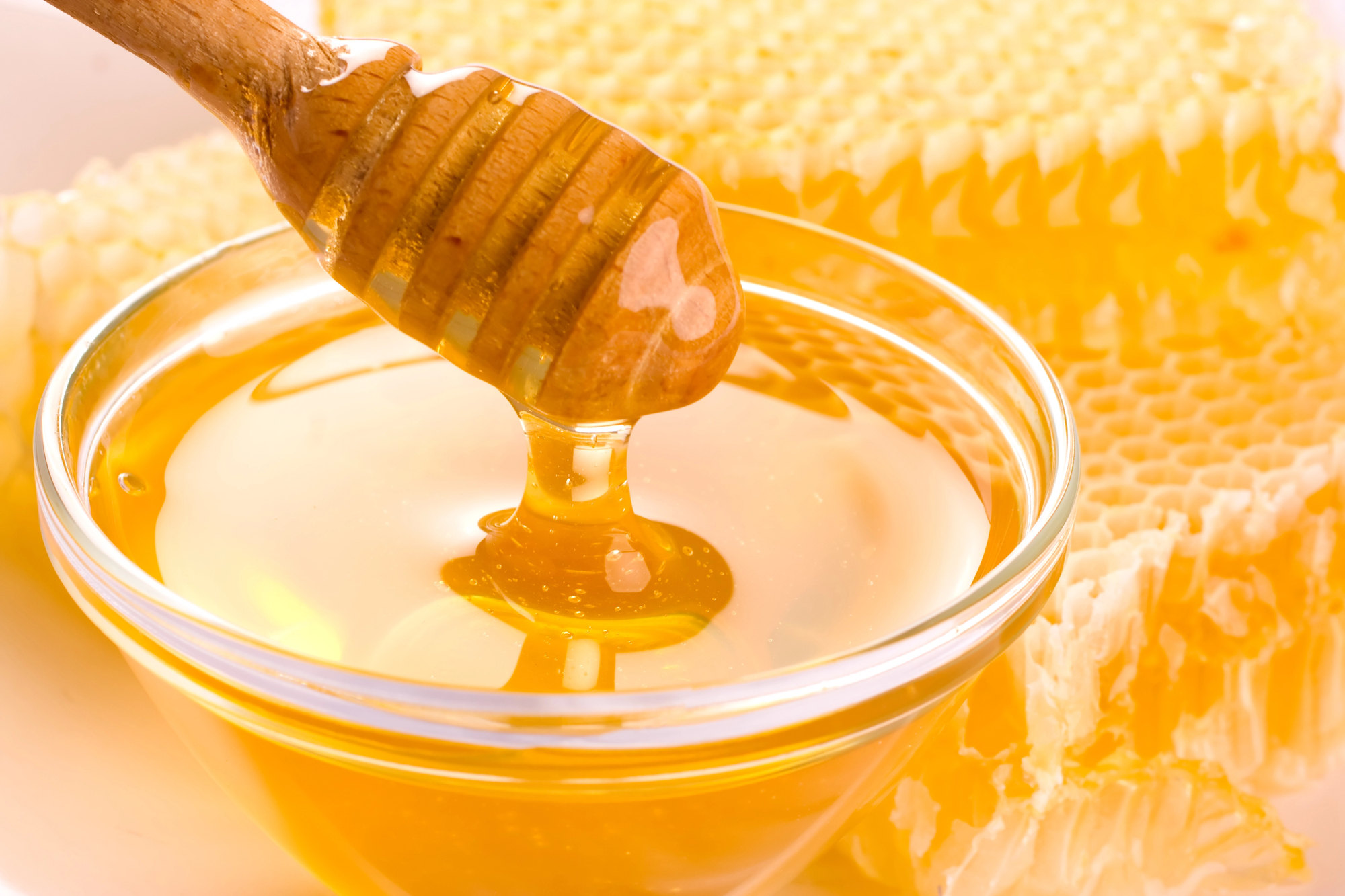
Ancient Egyptians considered honey a sacred food emerging from Ra’s tears. Beekeepers were priests who performed elaborate rituals to maintain honey’s purity.
Modern honey production still follows some of these ancient practices, though their ritual significance has been forgotten. Some traditional apiarists still whisper to their bees, echoing ancient Egyptian prayer rituals.
Coffee
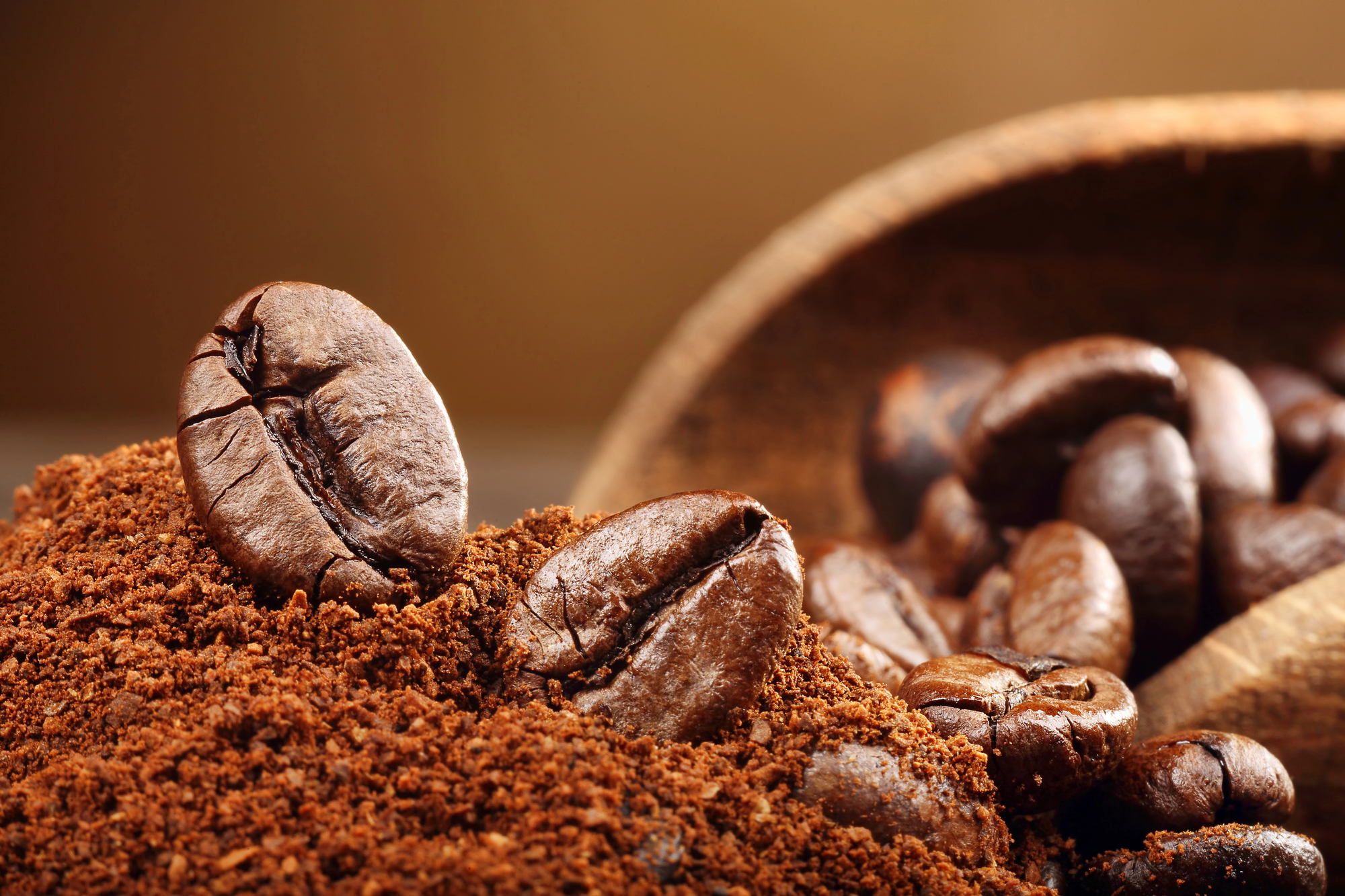
Sufi mystics first cultivated coffee for religious ceremonies, using it to stay awake during nightlong devotional practices. The ritual of coffee preparation became a form of meditation.
Traditional Ethiopian coffee ceremonies still maintain these sacred elements. Every step of roasting and brewing follows patterns established in ancient spiritual practices.
Rice
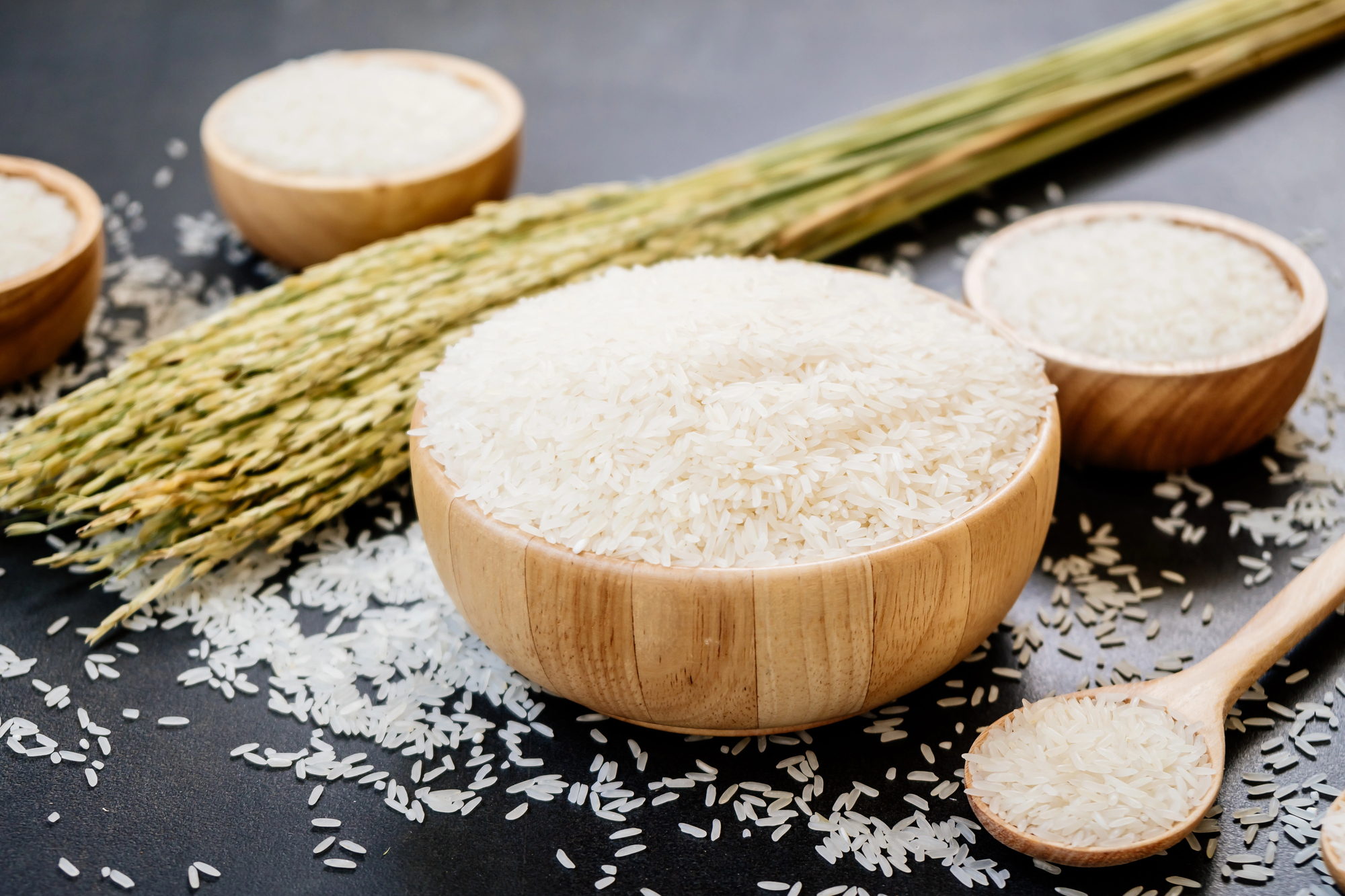
In many Asian cultures, rice wasn’t just food – it was a bridge between the living and the dead. Specific rituals governed planting and harvesting, with each grain considered sacred.
Modern rice cultivation still follows many of these traditional patterns. Some Japanese farmers continue to perform ancient rice-planting ceremonies to ensure good harvests.
Like Go2Tutors’s content? Follow us on MSN.
Bread
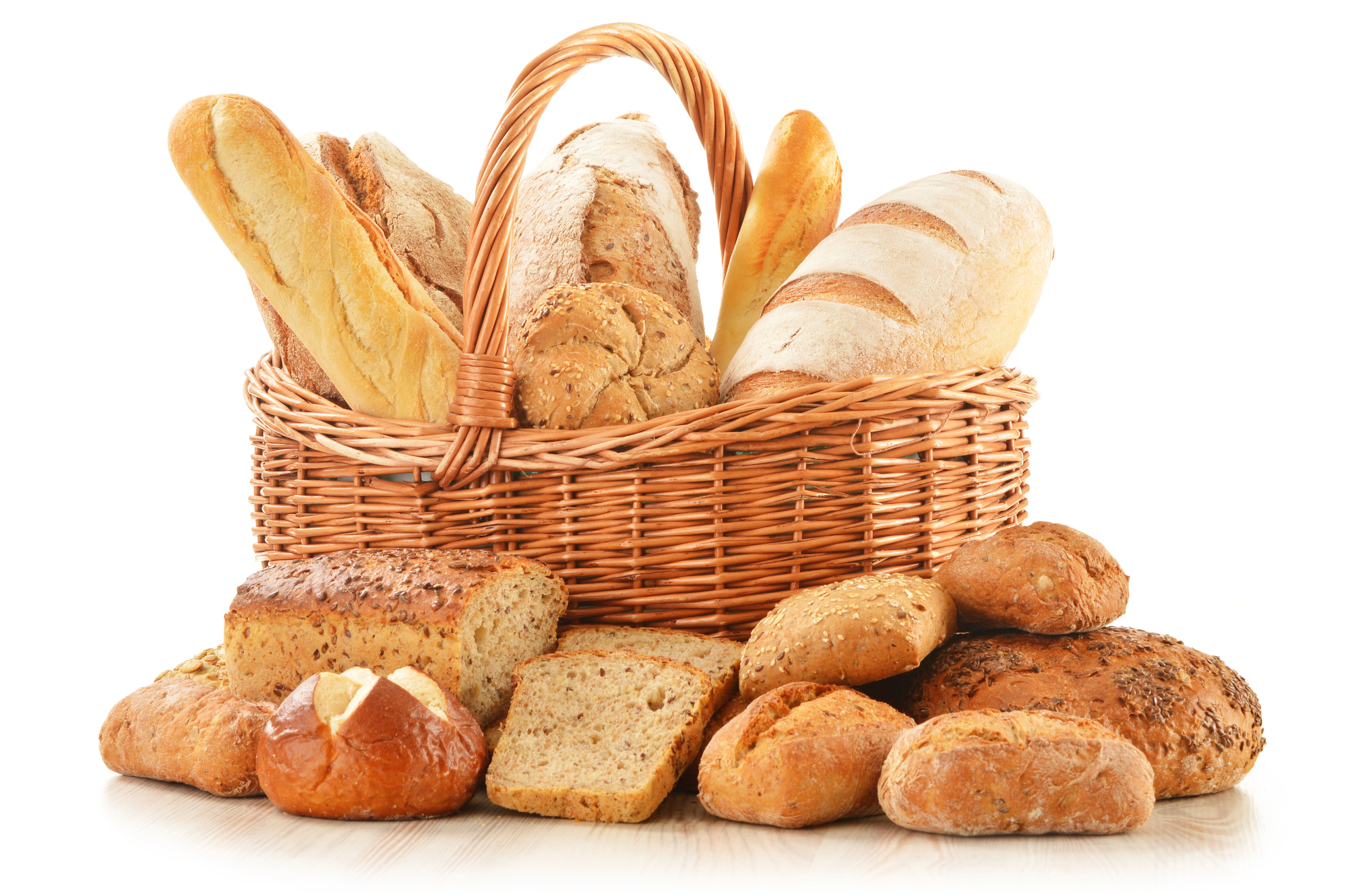
Ancient Egyptians placed bread in tombs to feed the dead in the afterlife. The rise of the dough symbolized resurrection, making bread-making a sacred act.
Traditional sourdough starters, carrying ancient bacterial cultures, are still passed down through generations. Some artisanal bakers maintain rituals of bread-making that echo these ancient practices.
Pomegranate
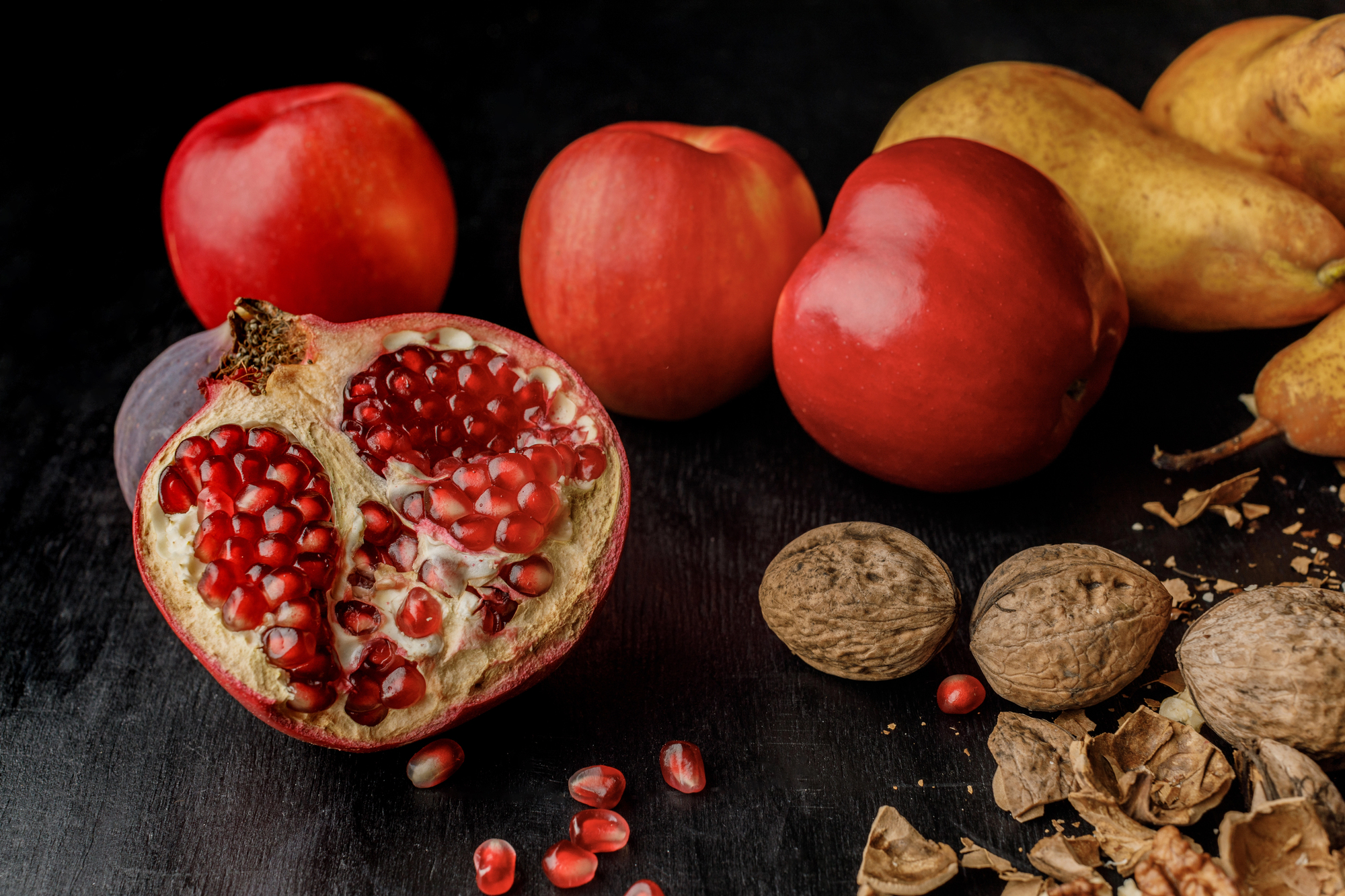
This fruit’s connection to Persephone and the underworld made it a powerful symbol in ancient Greek rituals. Opening a pomegranate was a ceremonial act, each seed representing a soul in the underworld.
Modern Greek weddings still incorporate pomegranates in traditional ceremonies. The fruit remains a powerful symbol in Mediterranean religious art and ritual.
Corn
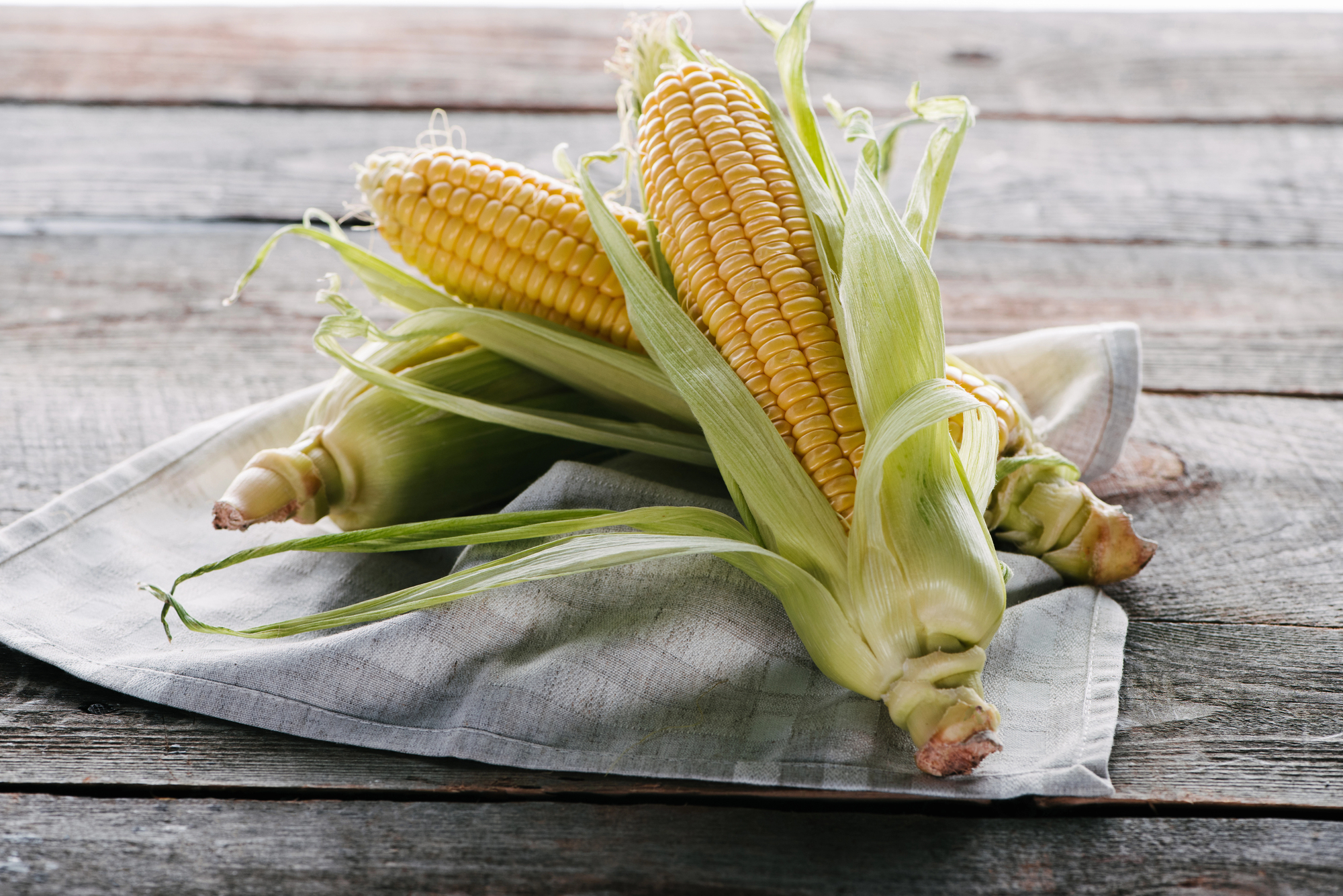
The Maya civilization believed humans were made from corn by the gods. Every step of corn cultivation involves specific ceremonies and prayers.
Native American tribes still maintain many of these traditional planting and harvesting rituals. The “three sisters” planting method preserves ancient agricultural ceremonial practices.
Like Go2Tutors’s content? Follow us on MSN.
Salt

Ancient Romans considered salt so valuable that soldiers were paid in it (hence “salary”). Ritual salt-throwing to ward off evil spirits evolved into modern superstitions about spilled salt.
Traditional salt harvesting methods still follow patterns established in ancient ceremonies. Some cultures maintain offering salt to guests as a sacred act of hospitality.
Tea
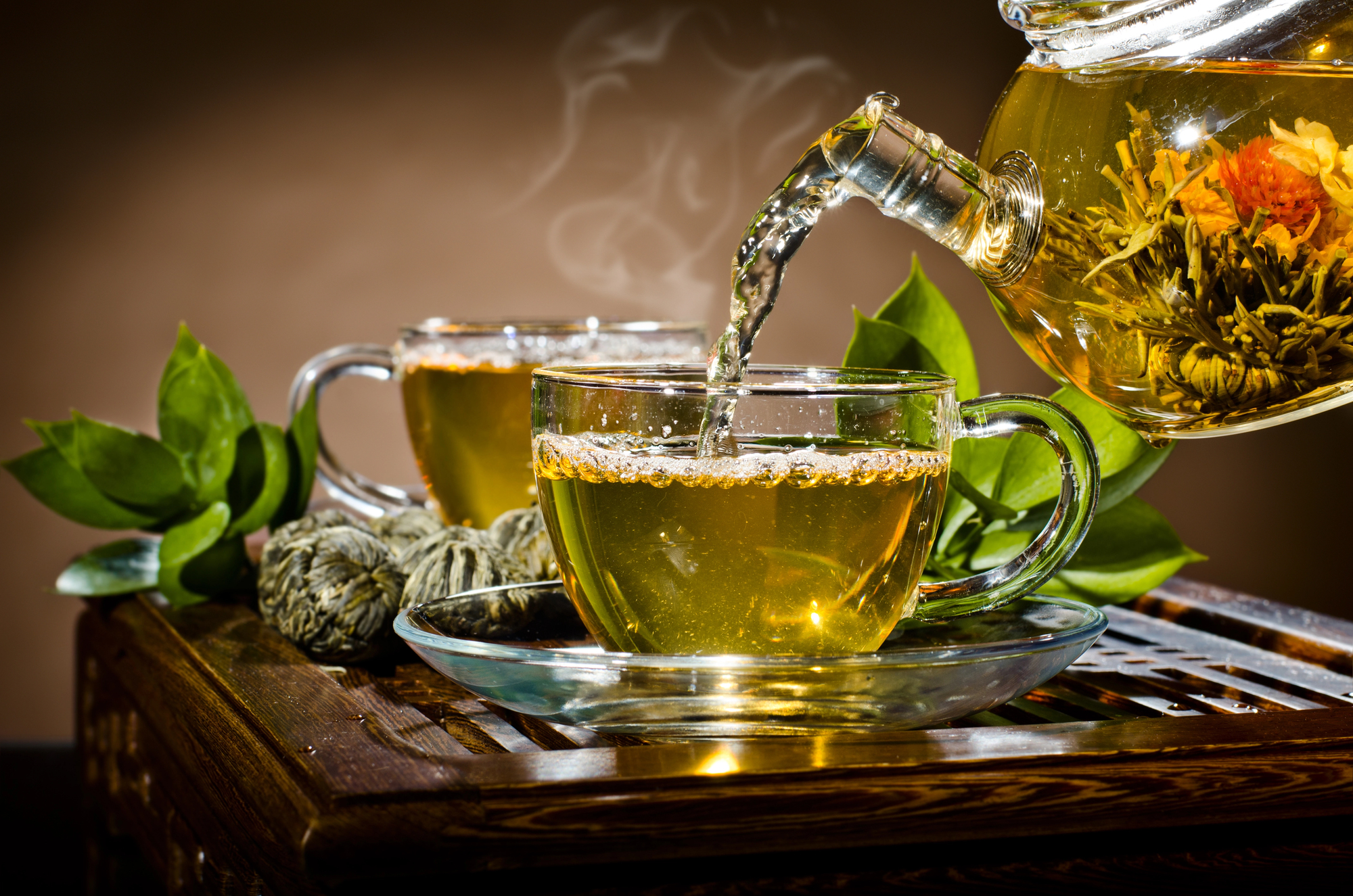
Chinese tea ceremonies evolved from Buddhist meditation practices, with each movement carrying spiritual significance. Japanese tea ceremonies transformed these rituals into an art form of mindful presence.
Modern tea preparation still follows many of these ceremonial patterns, though often unconsciously. Some tea merchants continue traditional blessing rituals for their first spring harvests.
Olive Oil
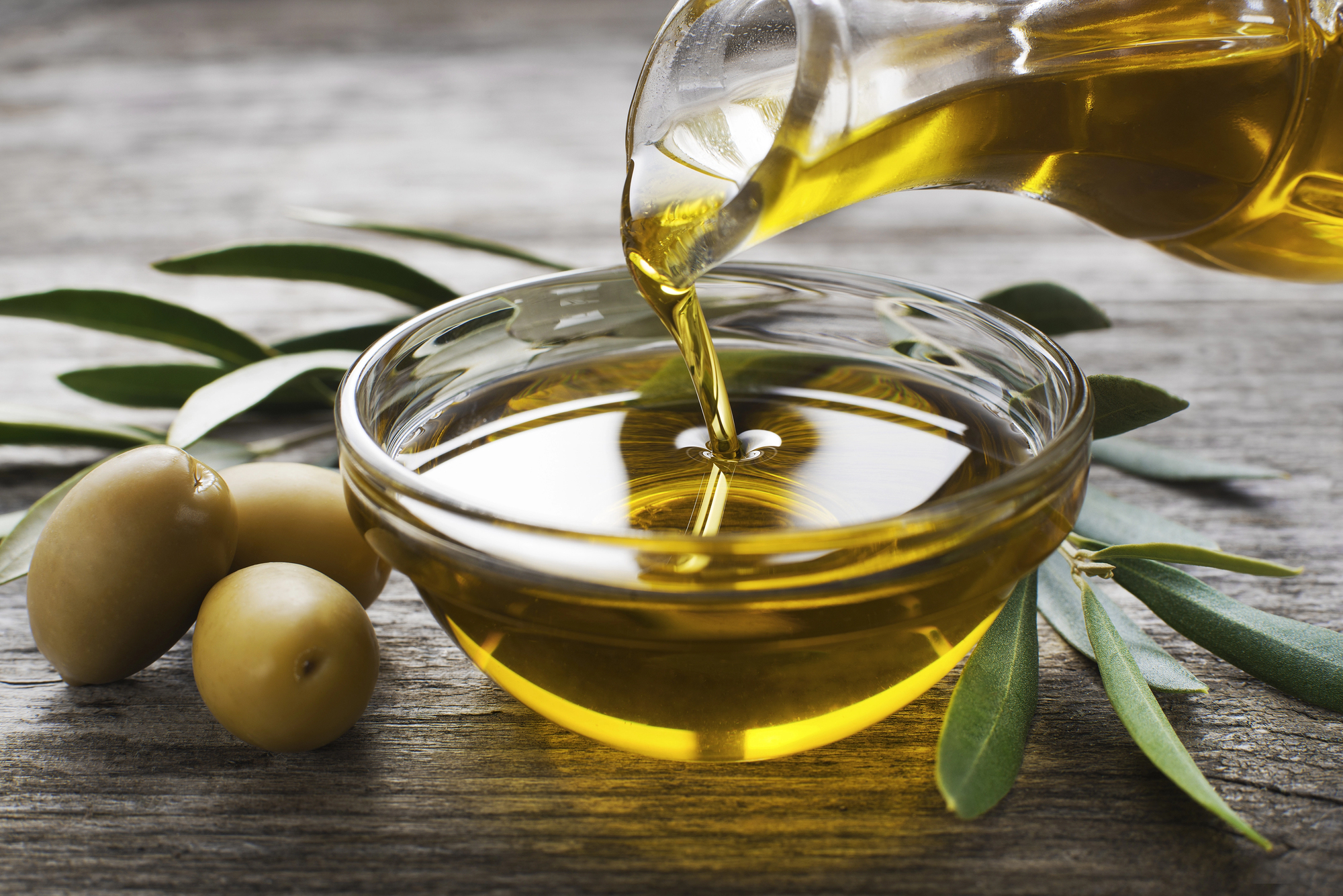
Ancient Greeks believed olive oil was Athena’s gift to humanity. Specific rituals governed olive harvesting and pressing, with the first pressing reserved for religious ceremonies.
Traditional olive oil producers still follow many of these ancient harvesting patterns. Some Mediterranean communities maintain ceremonial first-pressing celebrations.
Like Go2Tutors’s content? Follow us on MSN.
Mushrooms
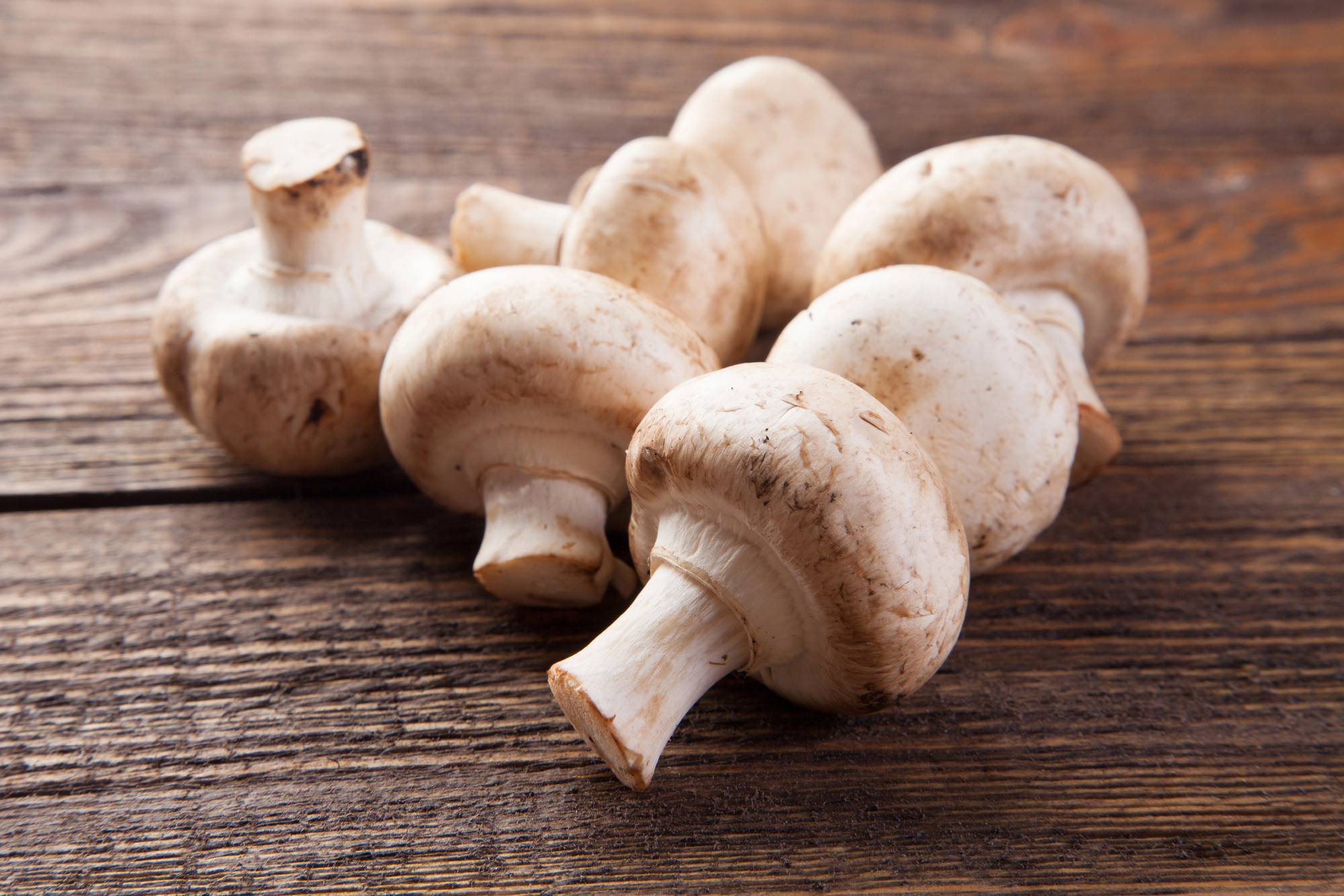
Various cultures used mushrooms in shamanic rituals to communicate with the spirit world. Specific harvesting ceremonies ensured the mushrooms’ sacred properties were preserved.
Modern mushroom foragers often maintain traditional harvesting practices without knowing their ritual origins. Some communities still perform ceremonies before collecting certain mushroom species.
Wine

Ancient Romans saw wine production guided by Bacchus as a sacred transformation. Specific festivals marked each stage of grape growing and winemaking.
Traditional vintners still follow many of these seasonal patterns in wine production. Some vineyards maintain ancient blessing rituals for their vines.
Cacao
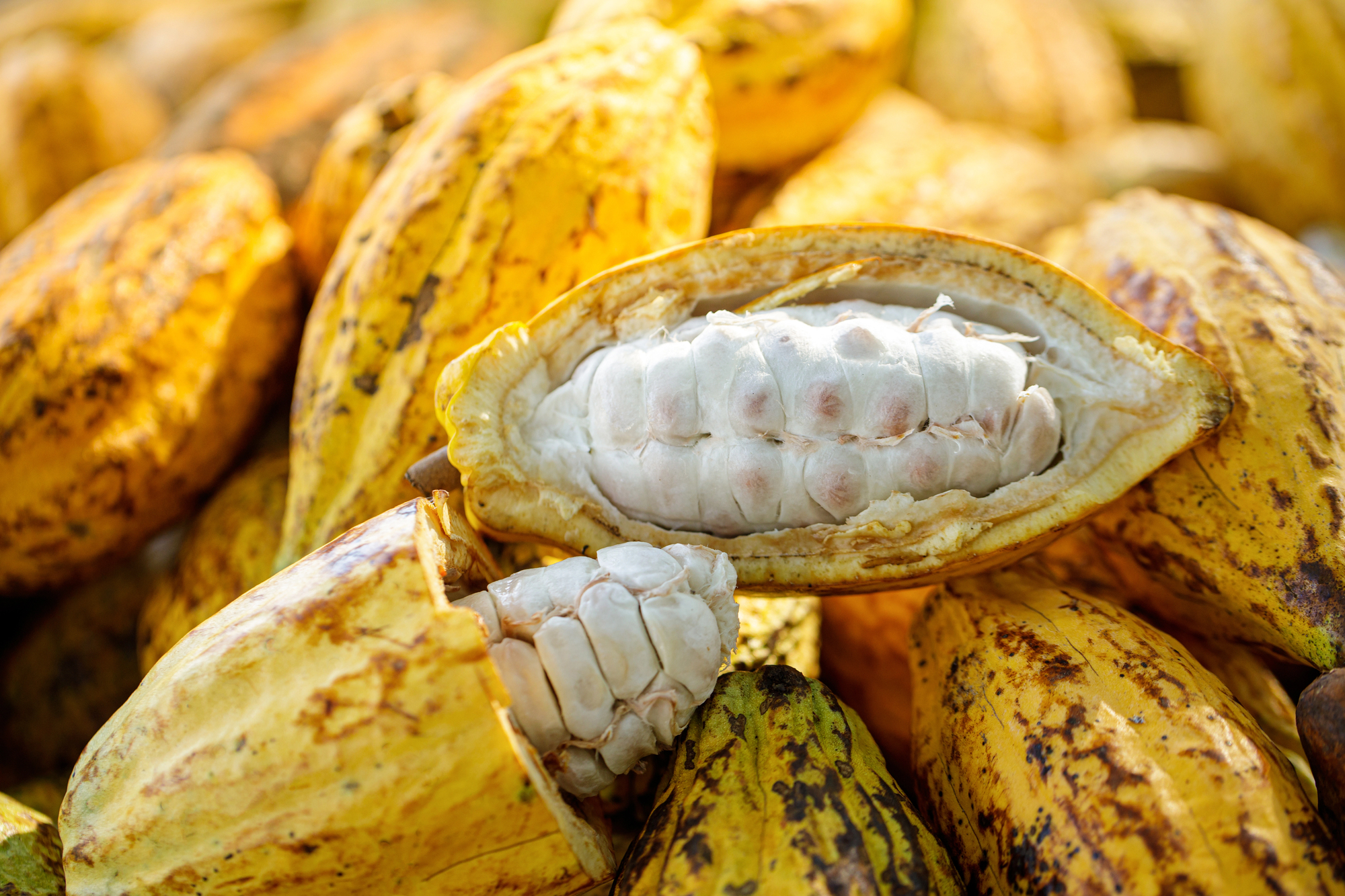
Mayan shamans used cacao in divination rituals, and they read patterns in cacao foam to predict the future. The beans were so valuable that they were used as currency and reserved for sacred ceremonies.
Some indigenous groups still maintain traditional cacao ceremonies. Modern chocolate-tasting rituals unknowingly echo these ancient practices.
Like Go2Tutors’s content? Follow us on MSN.
Apple
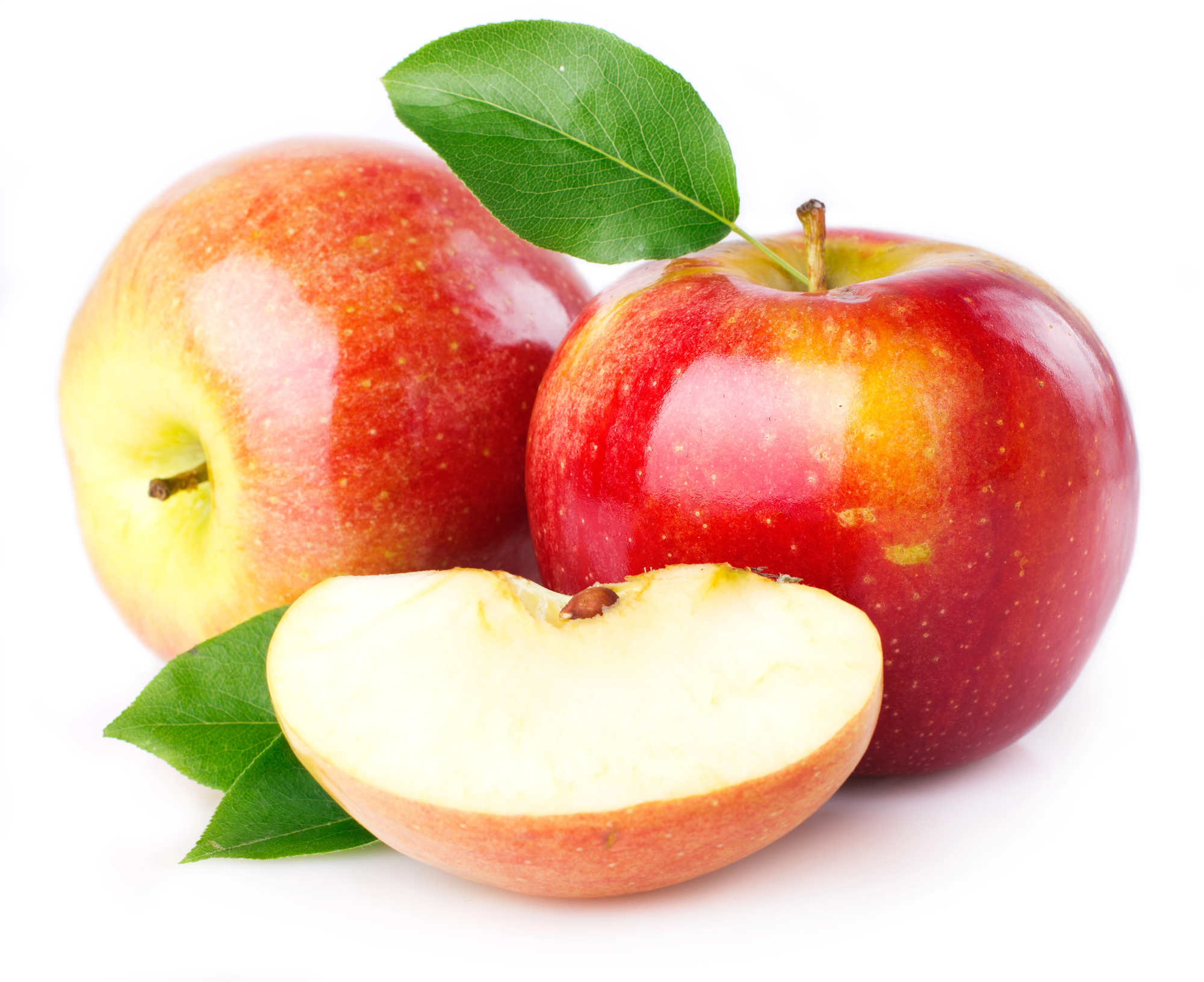
Norse mythology held that golden apples kept the gods immortal. Apple harvesting involved specific rituals to ensure the fruits retained their sacred properties.
Traditional cider makers still follow ancient patterns in apple selection and pressing. Some orchards maintain ceremonial practices during the first harvest of the season.
Maple Syrup

Native American tribes performed specific ceremonies before tapping maple trees, believing the sap was the gods’ lifeblood. The transformation of sap to syrup required precise ritual observations.
Some traditional syrup producers still maintain these ceremonial practices. First-sap ceremonies continue in many indigenous communities.
Seaweed
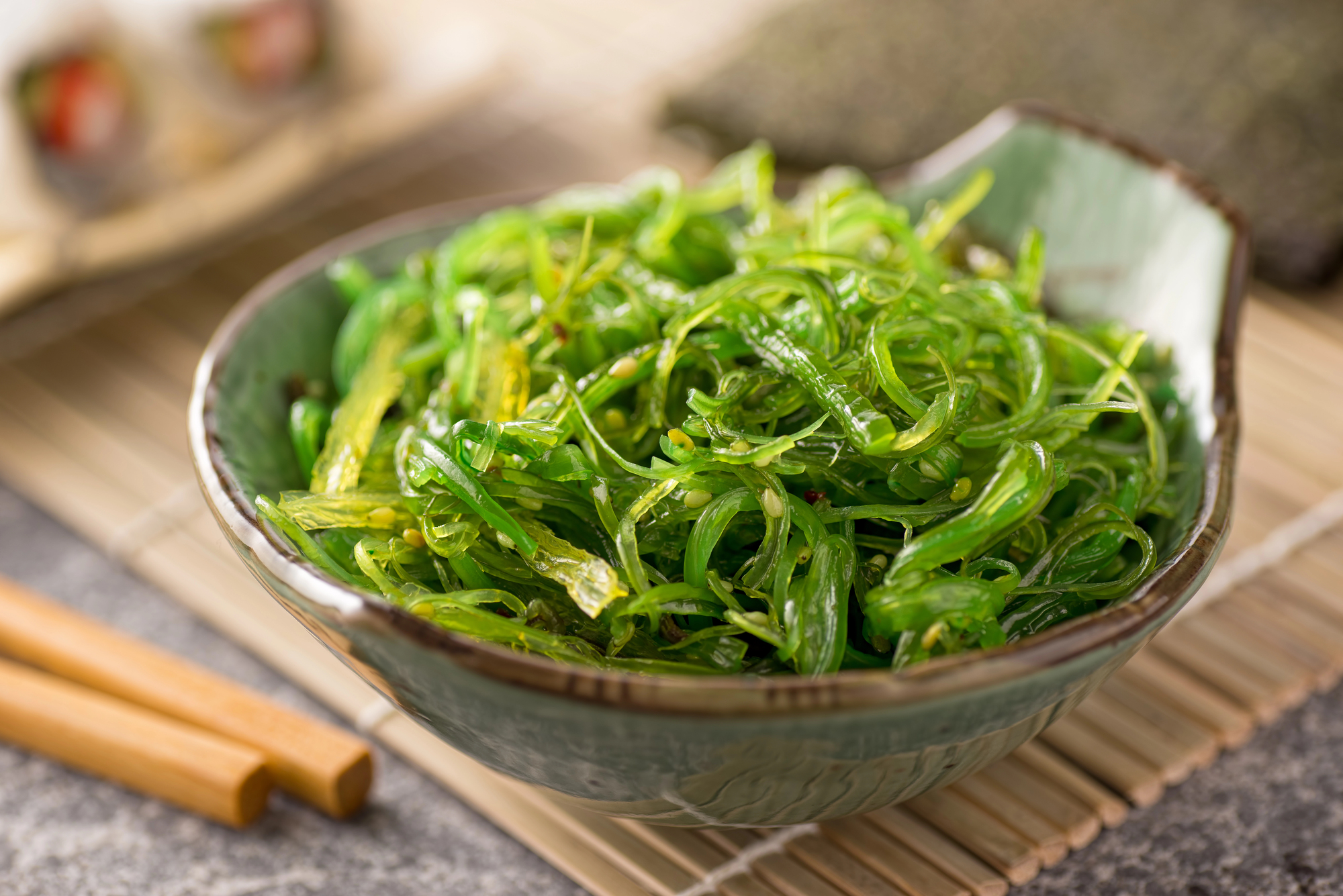
Japanese cultures saw seaweed gathering as a sacred act requiring specific purification rituals. Certain types were reserved for religious ceremonies and royal households.
Traditional seaweed harvesters still follow many of these ancient collection patterns. Some coastal communities maintain ceremonial practices before major harvests.
Like Go2Tutors’s content? Follow us on MSN.
Cheese
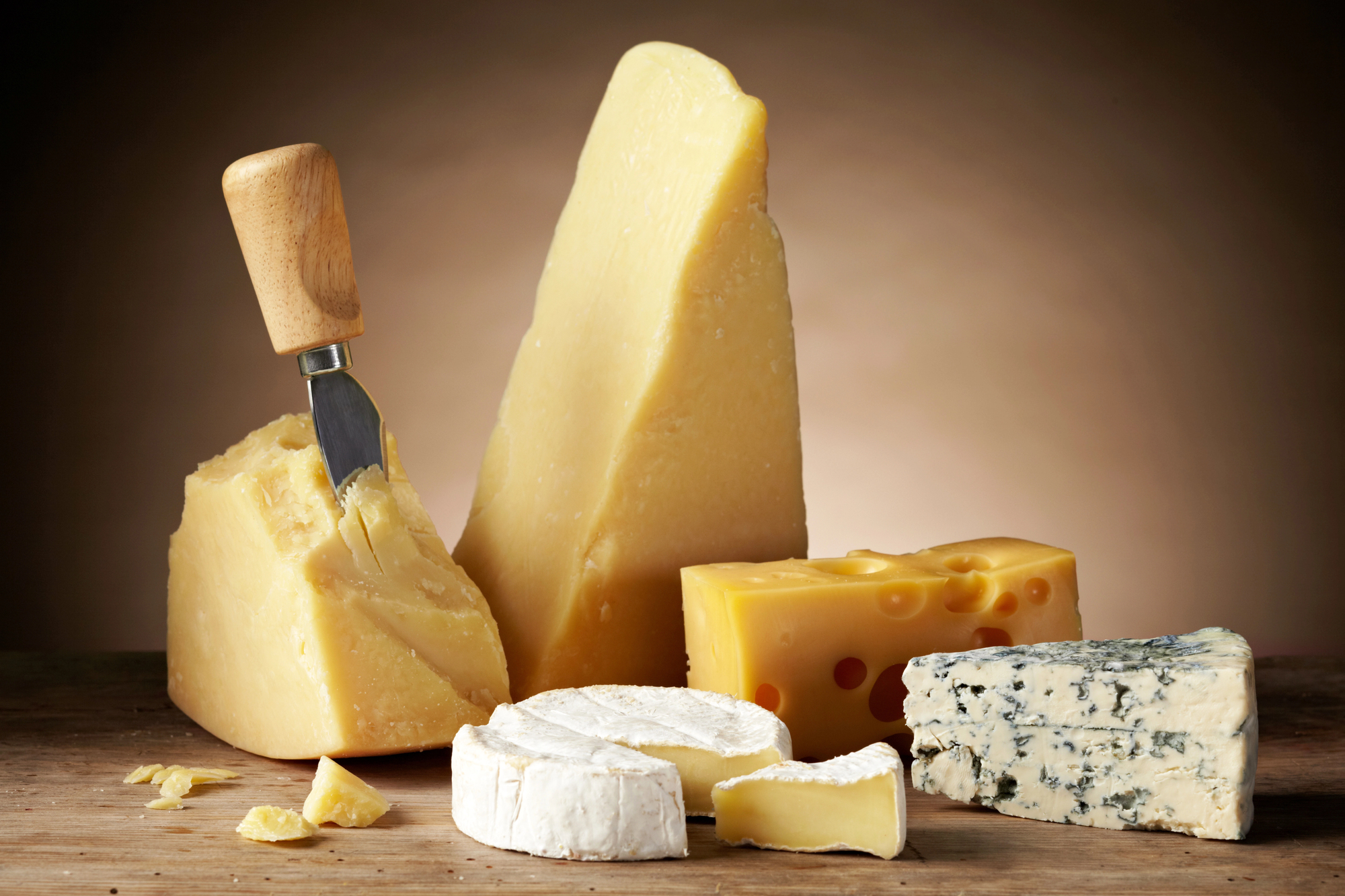
Ancient Celtic peoples believed cheese-making was guided by lunar cycles and required specific rituals to succeed. Certain cheeses were reserved for religious ceremonies and healing practices.
Traditional cheesemakers still follow many of these lunar patterns. Some Alpine communities maintain ceremonial practices in cheese production.
Saffron
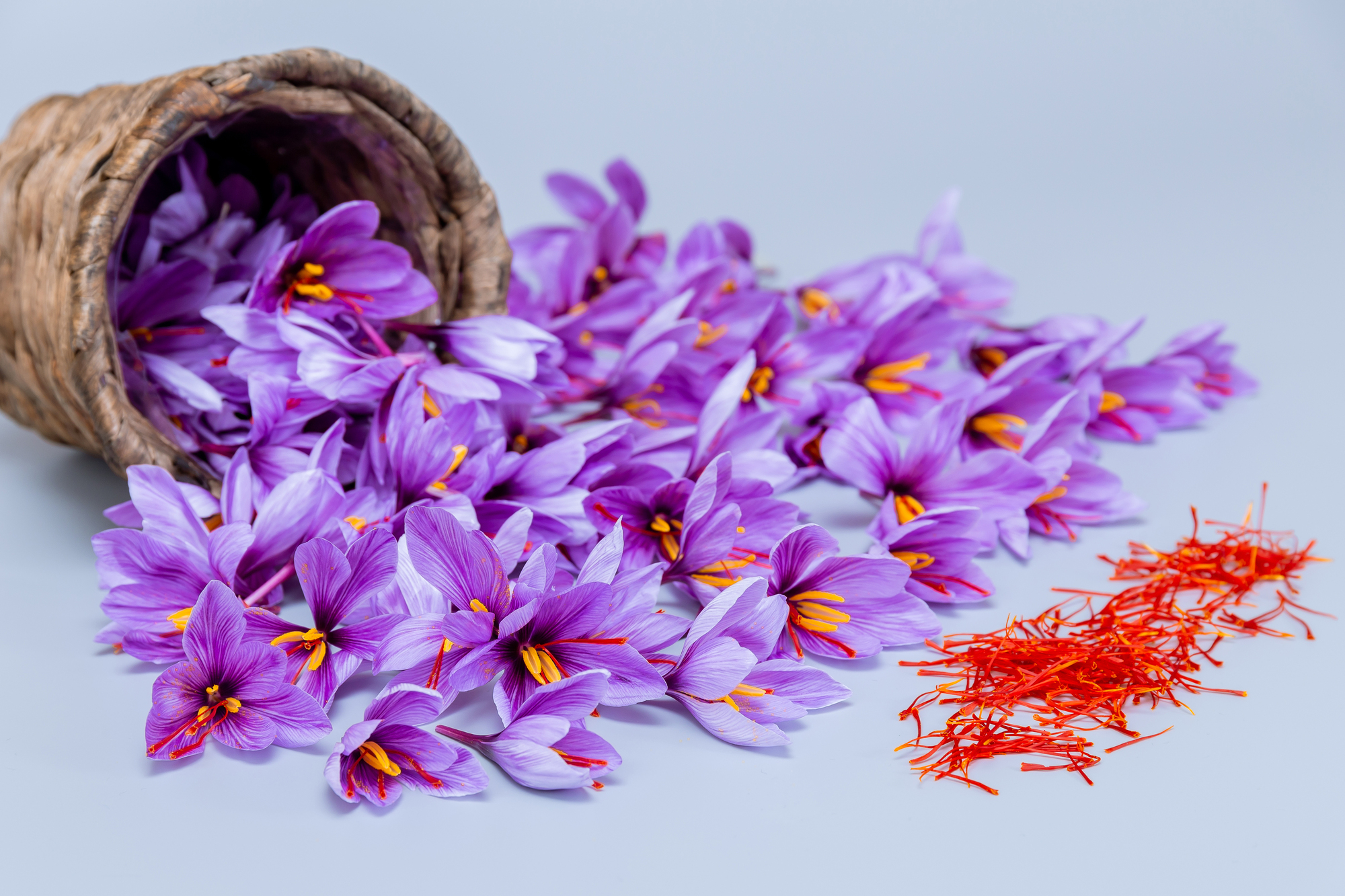
Ancient Persians used saffron in religious ceremonies, believing it carried the essence of the sun. Harvesting required elaborate purification rituals and could only be done by initiated practitioners.
Traditional saffron producers still follow many of these ancient harvesting patterns. Some communities maintain ceremonial practices during saffron collection.
Mead

Ancient Norse cultures believed mead was a gift from the gods, created from divine honey and sacred dew. Warriors drank it in ceremonial halls, believing it granted wisdom and poetic inspiration.
The term “honeymoon” originated from the tradition of newlyweds drinking mead for a full moon cycle after marriage to ensure fertility and happiness. Traditional meaderies still follow ancient fermentation cycles tied to lunar phases, while some Nordic communities maintain ceremonial mead-making practices that echo these sacred origins.
Like Go2Tutors’s content? Follow us on MSN.
Sacred Flavors Today
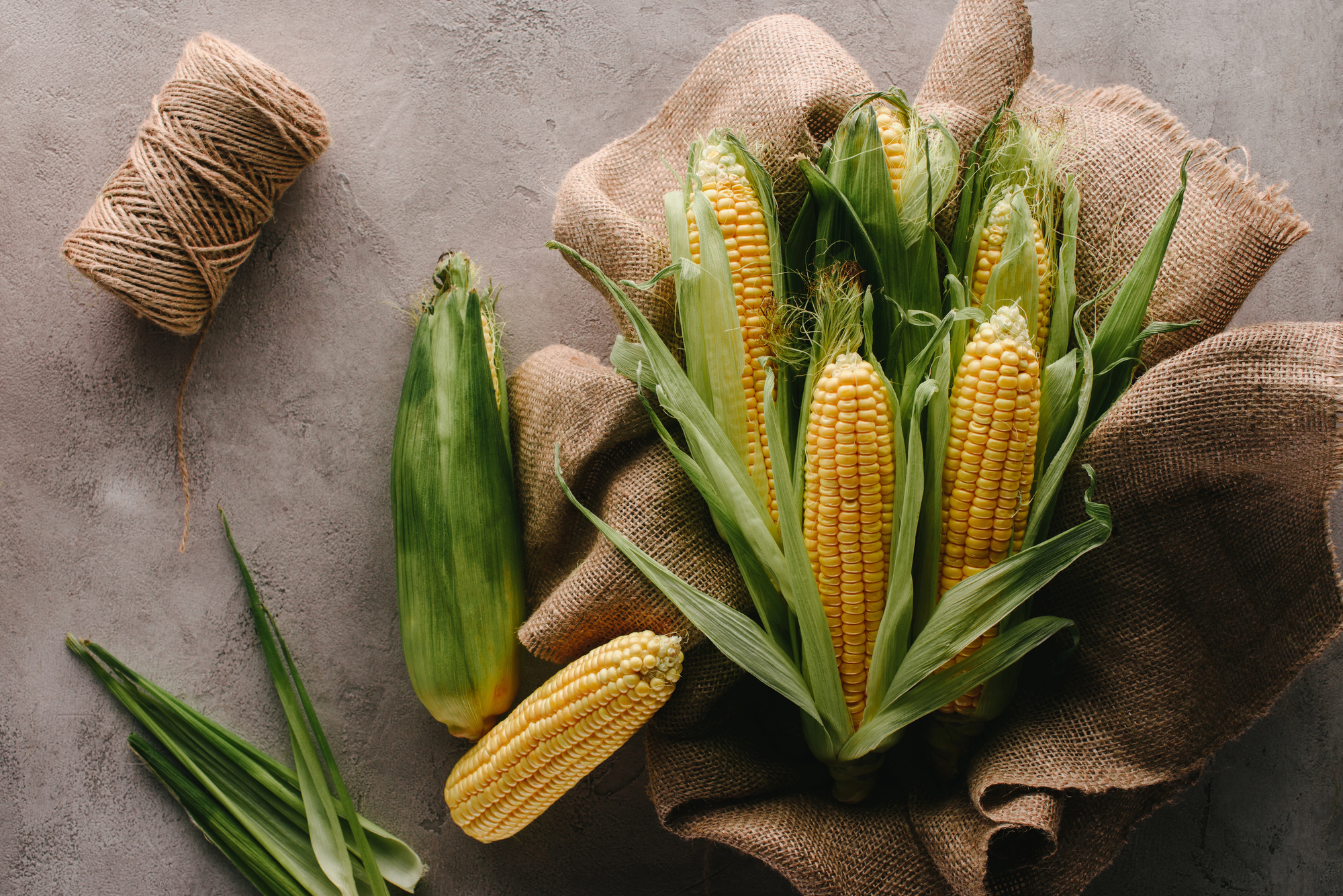
While we may have forgotten their ritual origins, these foods continue to bring people together in ways that echo their sacred past. Modern food traditions often unknowingly preserve ancient ceremonial practices.
Understanding these connections helps us appreciate the depth of human culinary heritage. Perhaps in sharing these foods, we’re still participating in rituals that are as old as civilization itself.
More from Go2Tutors!

- Famous Battles: How Much Do You Really Know About U.S. History?
- Top 5 Most Important Skills, According To Harvard Business School
- How Well Do You Know 90s Pop Culture? Take the Quiz
- Master the Art of Public Speaking with These Expert Tips
- Think You Know Capitals? Put Your Knowledge to the Test
Like Go2Tutors’s content? Follow us on MSN.

